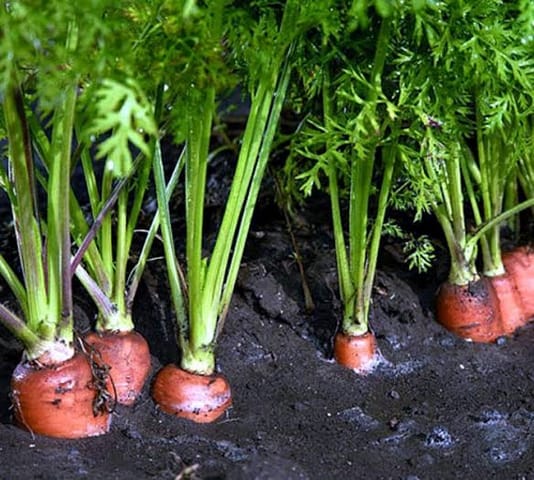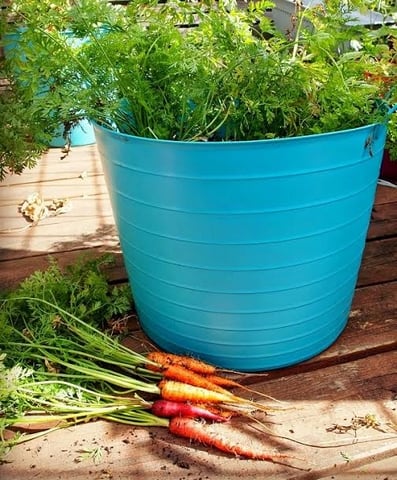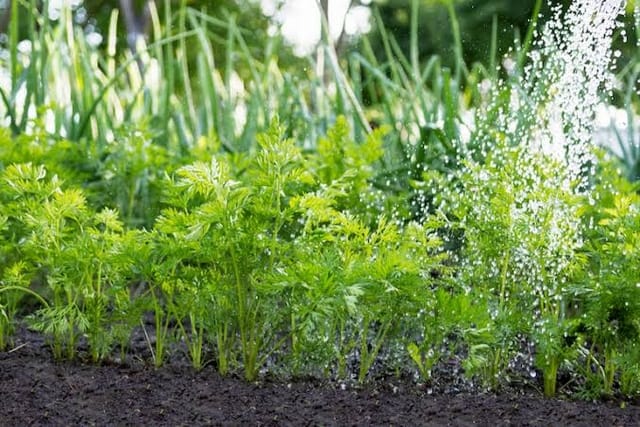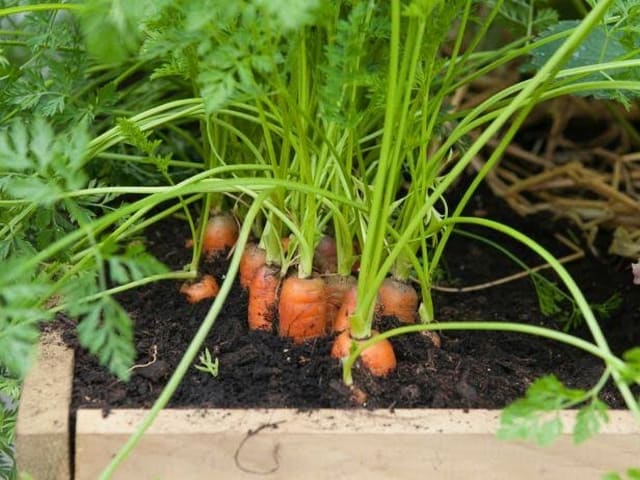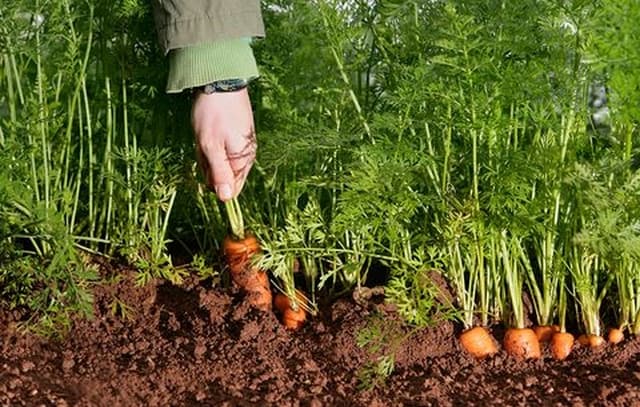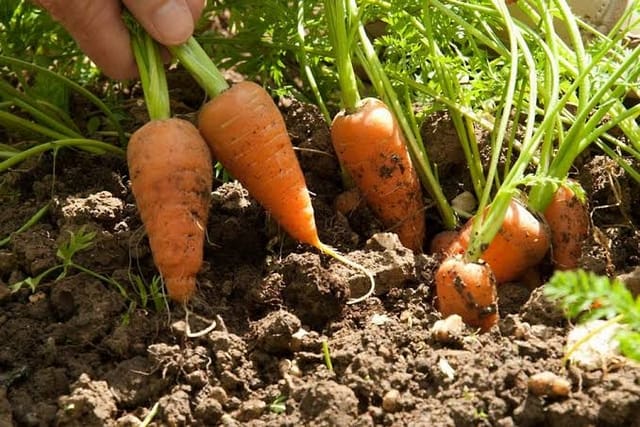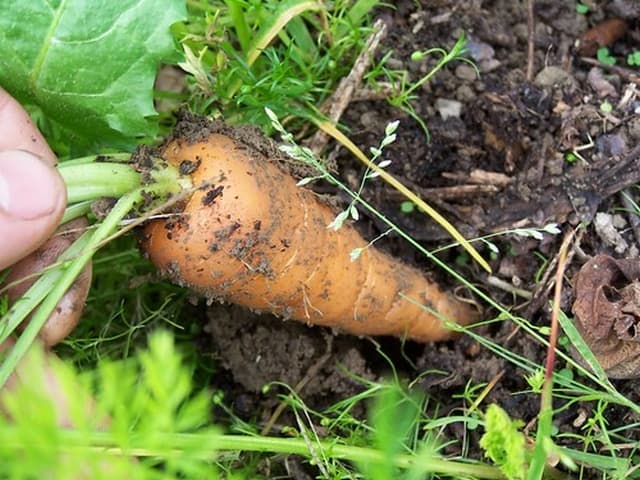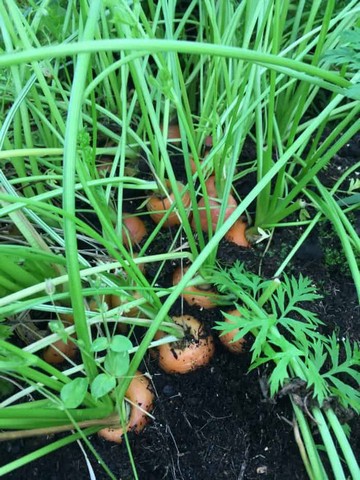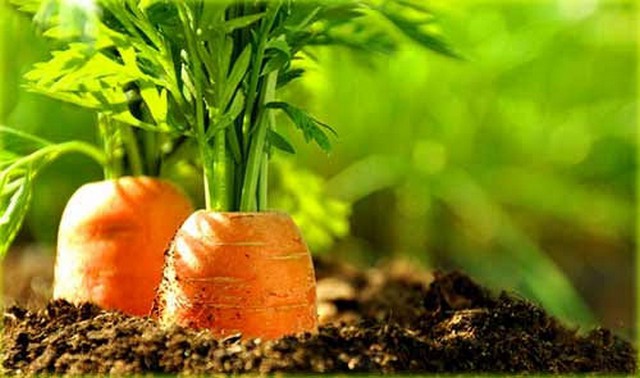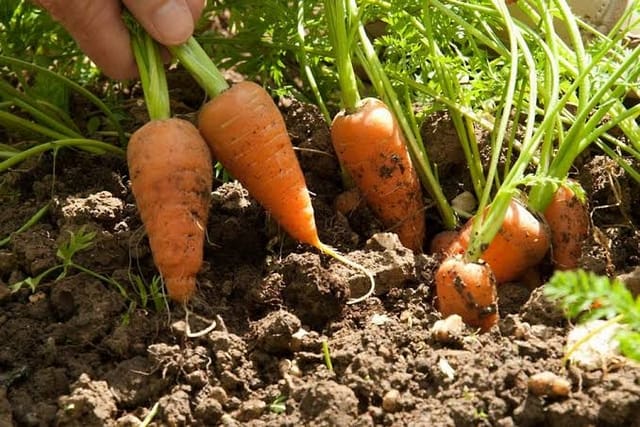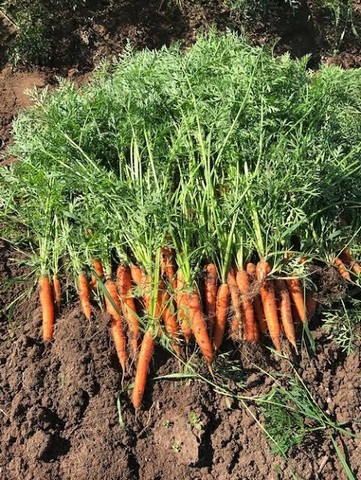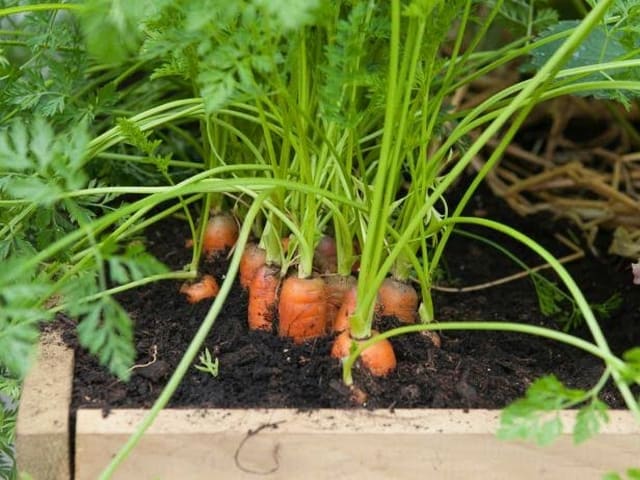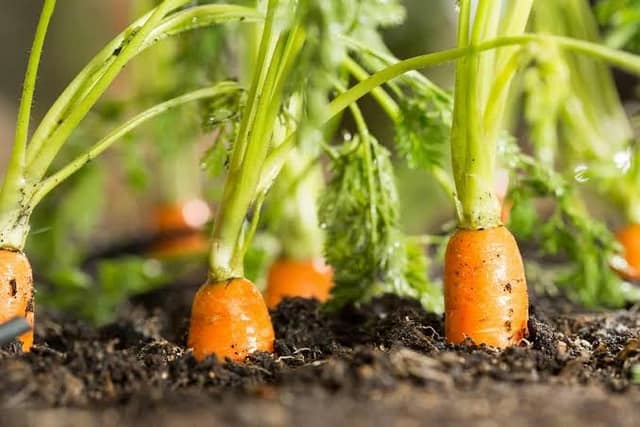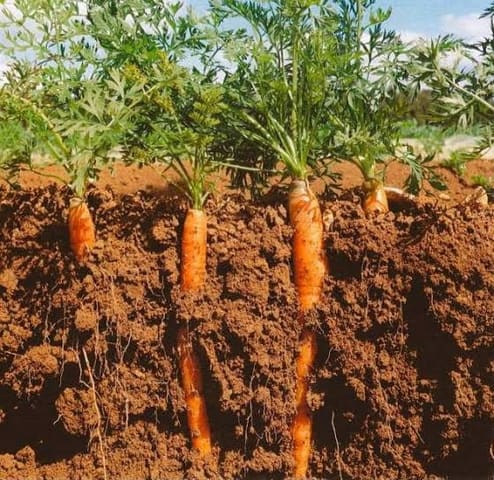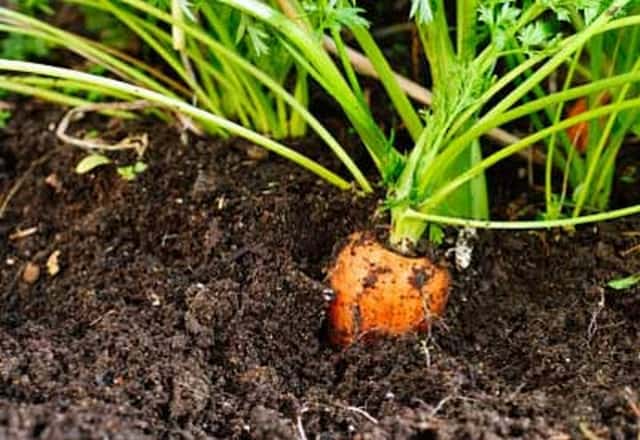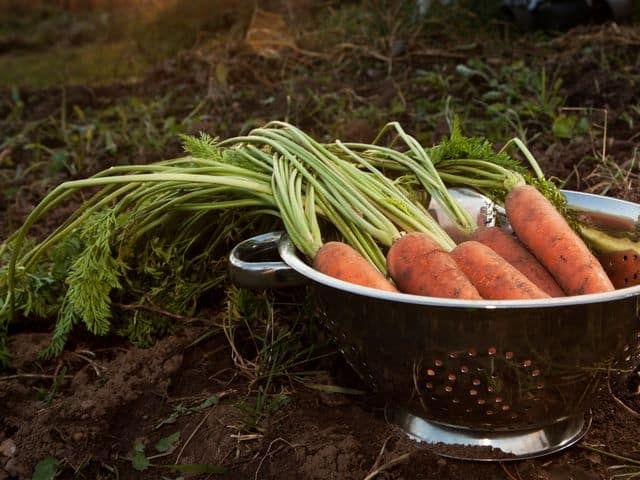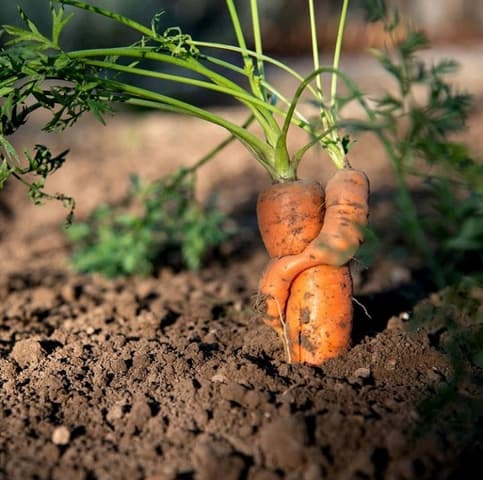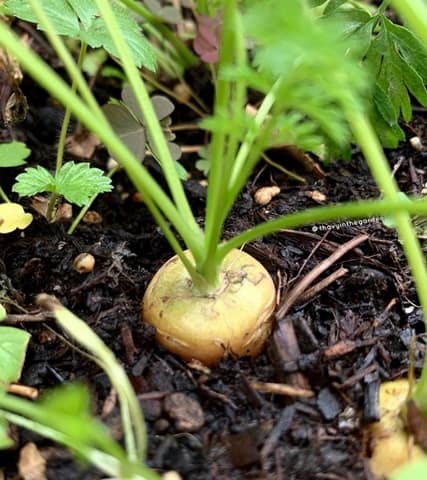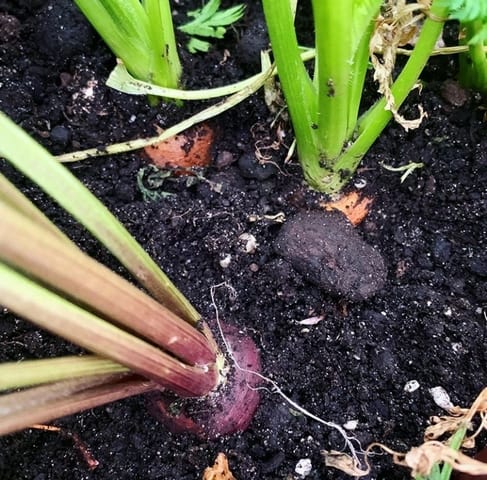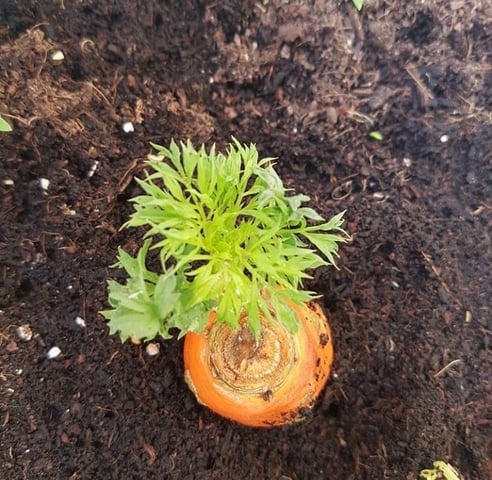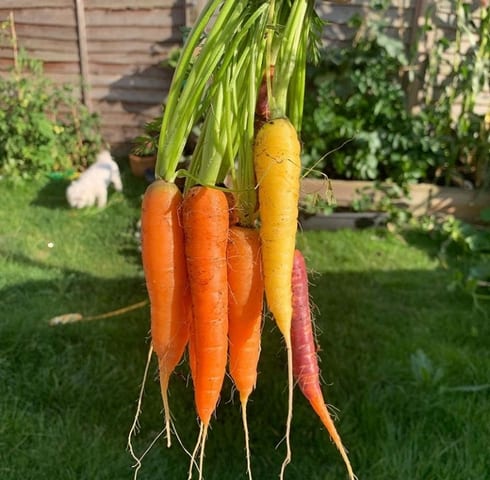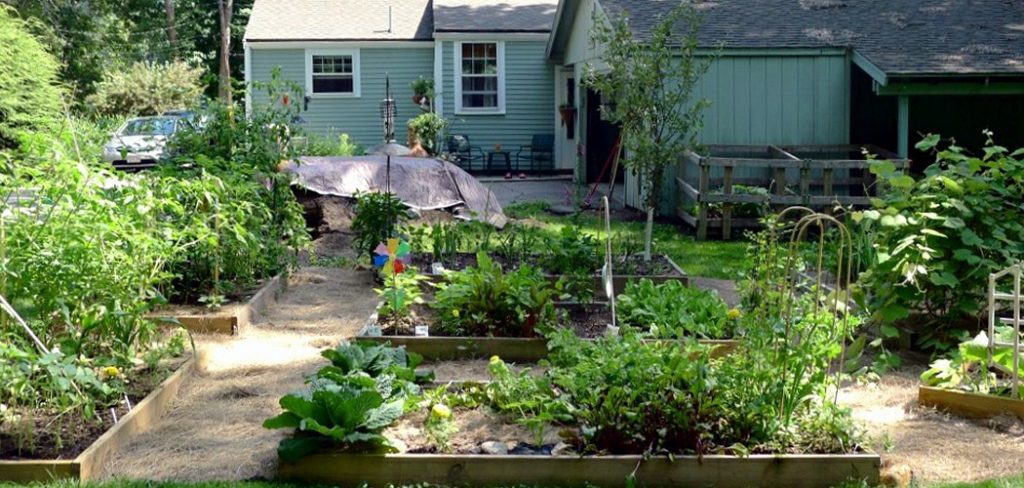Carrots are popular, crunchy root vegetables that belong to the Umbelliferae family; They are cultivated for their great-tasting roots which can be eaten raw, cooked or made into juice. Growing carrots are highly nutritious, and consuming them is of great benefit to the human body.
Carrots are quite easy to grow and maintain; However, considering the fact that they are root crops, growing them can prove to be a tricky as you never know what to expect till you harvest them.
It is to this effect that we have compiled this comprehensive guide to assist you raise plump, healthy carrots.
1. Selecting the right soil and location
Carrots do best when planted in sandy, peaty soils rich in organic matter. Loose loamy soils are also perfect for growing carrots. Apart from being loose, soils to be used should be well-drained.
Rocks and clumps in soils will cause carrot roots to deform and split; therefore, you should eliminate those. Alternatively, you can grow carrots in raised beds with soft soil.
Carrots don’t do well in acidic soil; Consequently, a soil with pH range between 6.0-7.0 is appropriate for growing carrots.
Although, carrots grow underground, their tops need sunlight for the roots to grow quickly and develop their sugar content; Hence, select a site that is well exposed to sunlight to grow your carrots.
2. Planting
Carrots are best sown in early spring, two to three weeks before the average last frost date. Soil temperature should be around 50°F.
Before planting, rake the soil to clear all stones and lumps. Carrots are best planted directly with seeds, rather than by transplanting young seedlings.
Moving carrot seedlings from place to place might lead to stunted growth and development of the root.
Carrot seeds are quite tiny, therefore, you should sow them in holes that are only about ¼-inch deep, and in rows that are 1 to 2 feet apart.
Cover the holes with soil, and about ½ to ¼ inch of screened compost. This softens top soil, thereby making it easier for the seedlings to emerge.
If you want to grow carrots in pots, get containers that are at least, 12 inches deep.
3. Care and maintenance
After planting, water your seeds with at least, one inch of water per week. Mulching the area above the seeds will also help with water retention.
Adequate moisture is essential for the development of juicy, healthy roots. As the carrot crown emerges from the soil, cover it with mulch or compost to prevent it from turning green and bitter.
Once your carrot seedlings grow to about 4 inches high, thin the plants till they are 2 inches apart; This is because crowded carrot plants will produce crooked roots. Two weeks later, thin the plants again, till they are 3 or 4 inches apart.
Peradventure your soil is not rich in organic matter, apply fertilizer to carrot seedlings two weeks after they emerge.
However, take care not to apply too much nitrogen fertilizer because carrots are grown for their roots. Any good vegetable fertilizer will suffice.
Regularly pull out weeds competing with your seedlings for food and space. Take care not to pull too hard though or else, you might end up pulling up immature carrot plants.
4. Harvesting and storage
Carrots are generally ready to be harvested, 50 to 75 days after they are planted. If the soil in which the carrots were planted is loose, you can pull them right out.
Otherwise, dig slightly around the plants – taking care not to stab it – and pull the roots right out.
Once harvested, separate the leaves from the roots, else they will continue to take moisture and energy from them, reducing the sweetness in the process.
Carrots can be frozen, stored in cans or root cellars; They are also used for cooking and making juice.
Photo gallery of growing carrots
Hope you are now ready to grow healthy carrots in your sustainable backyard farm.

